Three generations of the family are now involved - Esther, daughter Josie, and Josie's children.
The original Mother Esther enrolled her twin daughters, both of whom now have children in the study.

What is ALSPAC?
“Avon Longitudinal Study of Parents and Children”

“Children of the 90s”
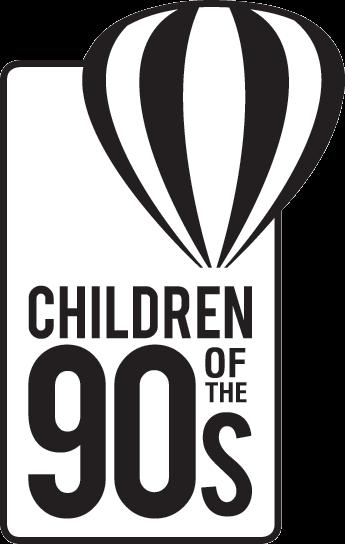

o Pregnant women
o Living in one of three Bristol based health districts


o Expected date of delivery: 1st April 1991 – 31st Dec 1992
o Core funding: UoB, MRC and Wellcome

BHP - ALSPAC - 2023
ALSPAC / “Children of the 90s”
>30k participants, >1.2million bio-samples, >90k variables, >30 years of deep longitudinal study, ~1,000 researchers,
>3000 papers
>20 proposals/month for data/samples
>14541 pregnancies, 75% of all
Linkage consented and >8000 active
>9k at 8yrs, >6k at 18yr, 4.5k stable
>80% linked and >6000 active
>2000 new pregnancies
3100 pregnancies over next 5 years

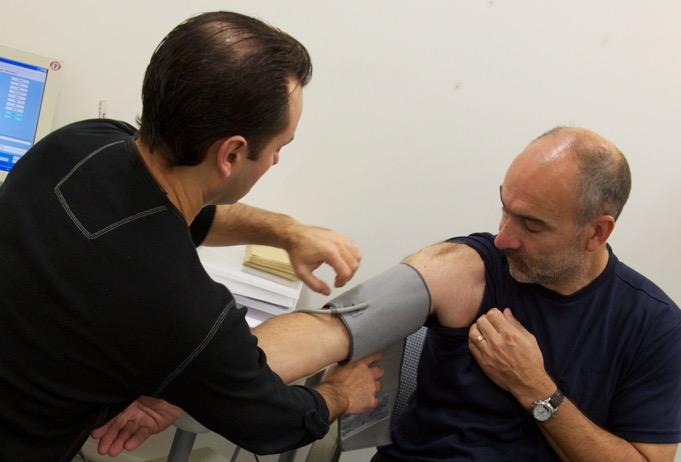
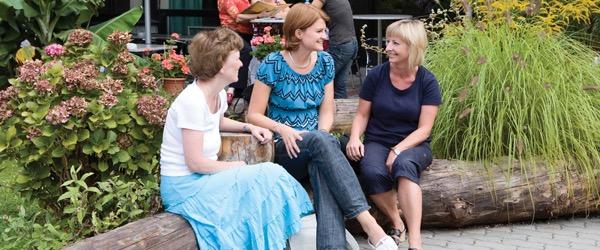
Linkage consented
(Eldest G2 already >15


G3 likely over the next 5 years)
 Grand parents
G1partners G1
G0mothers
G3
G2
G0fathers
sibling(s)
Grand parents
G1partners G1
G0mothers
G3
G2
G0fathers
sibling(s)
ALSPAC / “Children of the 90s”
ALSPAC participants have been followed up using questionnaires and face-to-face clinics, with biological samples, exposure and outcome measures. The study can be considered as based around “index participants” (children of original pregnancies), their parents and given 30 years of study existence, their own children. Work has continued over the last 30 years, including an extremely intense period of data collection during the pandemic and sets the study apart in terms of longitudinal phenotypic granularity. In overview, well in excess of 90,000 variables exist including DXA at 7 times in G1 and 5 times in G0, >1500 G1 brain MRI scans, liver ultrasound at age 17, 24 and 30, detailed cardiovascular phenotyping throughout (with clinics incorporating imaging and functional vascular tests at multiple time points) and other key phenotypic domains characterised such as vision, hearing, neurocognitive and motor development, puberty, respiratory health and physical function. Approximately 6,000 have at least one mental health assessment interview with >10 time points recorded over the lives of participants – excluding the detailed pandemic screening efforts. Considering electronic health record and administrative linkage scale, on a platform of 11,810 and 12,700 index participants linked to primary and secondary health care data respectively we have consent for original parents, have incorporated bespoke linkages (such as police records and education) and helped to initiate the newly formed Longitudinal Linkage Collaboration which connects ALSPAC to a suite of other national administrative records (https://ukllc.ac.uk). >15,000 immortalised lymphocyte cell lines are available and form part of a >1.5 million sample strong biorepository available for unification with mutation carriage data and deep phenotyping. >800 participants have lymphocyte derived transcript data, 1,000 mother-child pairs have genomewide DNA methylation at 3 timepoints, 9,000 index participants and their mothers have OLink inflammatory panel data and 1H-NMR metabolomic data is available for >7,000 index participant (up to 5 timepoints) and >4,000 G0 mothers (up to 2 timepoints). Well over 20,000 have genomewide common genetic variant data, 1800 have whole genome sequence data and by March 2024, 24,000 will have whole exome data. Lastly, >1900 new children (children of the index participants) have been enrolled (age range in utero-16y;~50%male) and all new G2 family members are linked (administrative data, obstetric records and child health records) with samples from the first available for omic data generation.

ALSPAC / “Children of the 90s”


How deep is the resource?
Would ALSPAC work for my research?

Cohort profile papers:



Boyd, A. et al. Int J Epidemiol (2013) doi:10.1093/ije/dys064
Fraser, A. et al. Int J Epidemiol (2012) doi:10.1093/ije/dys066.
Lawlor, D. A. et al. Wellcome Open Res (2019) doi:10.12688/wellcomeopenres.15087.2
Northstone, K. et al. Wellcome Open Res (2019) doi:10.12688/wellcomeopenres.15132.1
Major-Smith, D. et al. Wellcome Open Res (2022) doi:10.12688/wellcomeopenres.18564.1
Northstone, K. et al. Wellcome Open Res (2023) doi:10.12688/wellcomeopenres.18782.1

BHP - ALSPAC - 2023
ALSPAC / “Children of the 90s”


Discoverability
How deep is the resource?
Would ALSPAC work for my research?
Extensive web material including test data sets (www.bristol.ac.uk/alspac)
Wellcome Open Research (https://wellcomeopenresearch.org/gateways/ALSPAC)

CLOSER (https://closer.ac.uk)
UK Tissue Directory (https://biobankinguk.org)
Dementias Platform UK (https://portal.dementiasplatform.uk)
Birthcohorts.net (www.birthcohorts.net)
Health Data Research UK Innovation Gateway (www.healthdatagateway.org/)
The University of Bristol library – which supports the ALSPAC archive (www.bristol.ac.uk/library/specialcollections/strengths/alspac/)
(ALSPAC data are also available and/or advertised through Maelstrom Research www.maelstromresearch.org/study/Alspac, UK Data Service - social science “sampler” https://beta.ukdataservice.ac.uk, the MRC Cohort Directory and through a series of third parties www.bristol.ac.uk/alspac/researchers/our-data/external-sources/)

BHP - ALSPAC - 2023
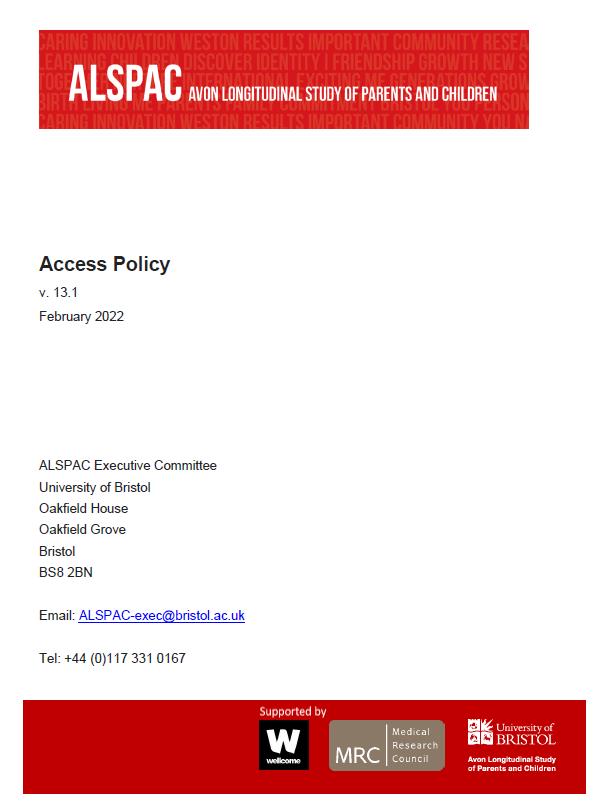
























• Various ways to explore the data available. http://www.bristol.ac.uk/alspac/researchers/our-data/ • Managed access policy - submit request for data/samples via an online proposal system www.bristol.ac.uk/alspac/researchers/access/
OPS ALEC Access & Support Research question EXEC ISAB OCAP Test data & training Data catalogue Conferences Publications Online access ? Data searchables Secure Access (eg UKSeRP) Direct Release DISCOVERY MANAGED ACCESS RELEASE BHP - ALSPAC - 2023
Accessing the ALSPAC resource
Mental health and longitudinal population study data


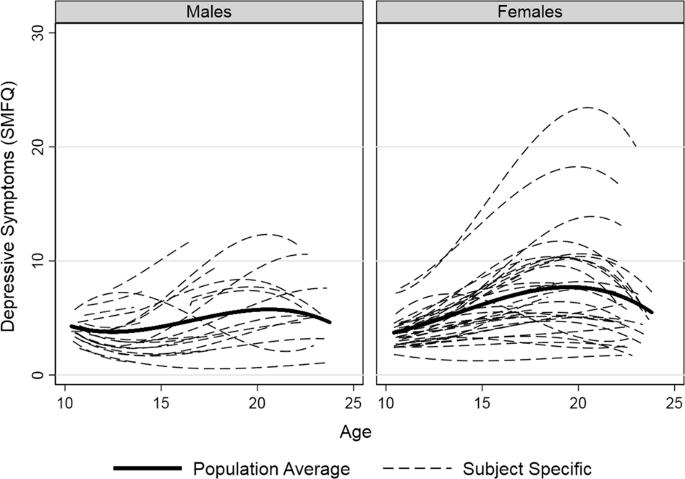

Mental health is receiving great attention and is measured in great detail in longitudinal studies like ALSPAC – this also bridges organic and social domains and there is an opportunity to bring together data and researchers around this.

JAMA Network Open - Psychology 2018

University of Edinburgh

Key point - the frequency and granularity of standardized data

-
 Alex Kwong
Alex Kwong
BHP
ALSPAC
2023
Rebecca Pearson Manchester Metropolitan University
-
“With 40°C heat becoming more and more commonplace in the UK where overheating in homes and buildings is a key risk (Climate Change Committee, 2021), understanding the lived experience of people’s physical and mental health, wellbeing and behaviour during heatwaves is important to developing adaptation strategies that suit people’s actual needs.”













BHP - ALSPAC - 2023
ALSPAC Executive meets weekly
Sue Ring – Executive Director – biosamples (s.m.ring@bristol.ac.uk)




Nic Timpson – PI n.j.timpson@bristol.ac.uk
Alspac Exec Mailbox
alspac-exec@bristol.ac.uk

Lynn Molloy – Chief Operating Officer (lynn.molloy@bristol.ac.uk)




Kate Northstone – Executive Director – data (kate.northstone@bristol.ac.uk)
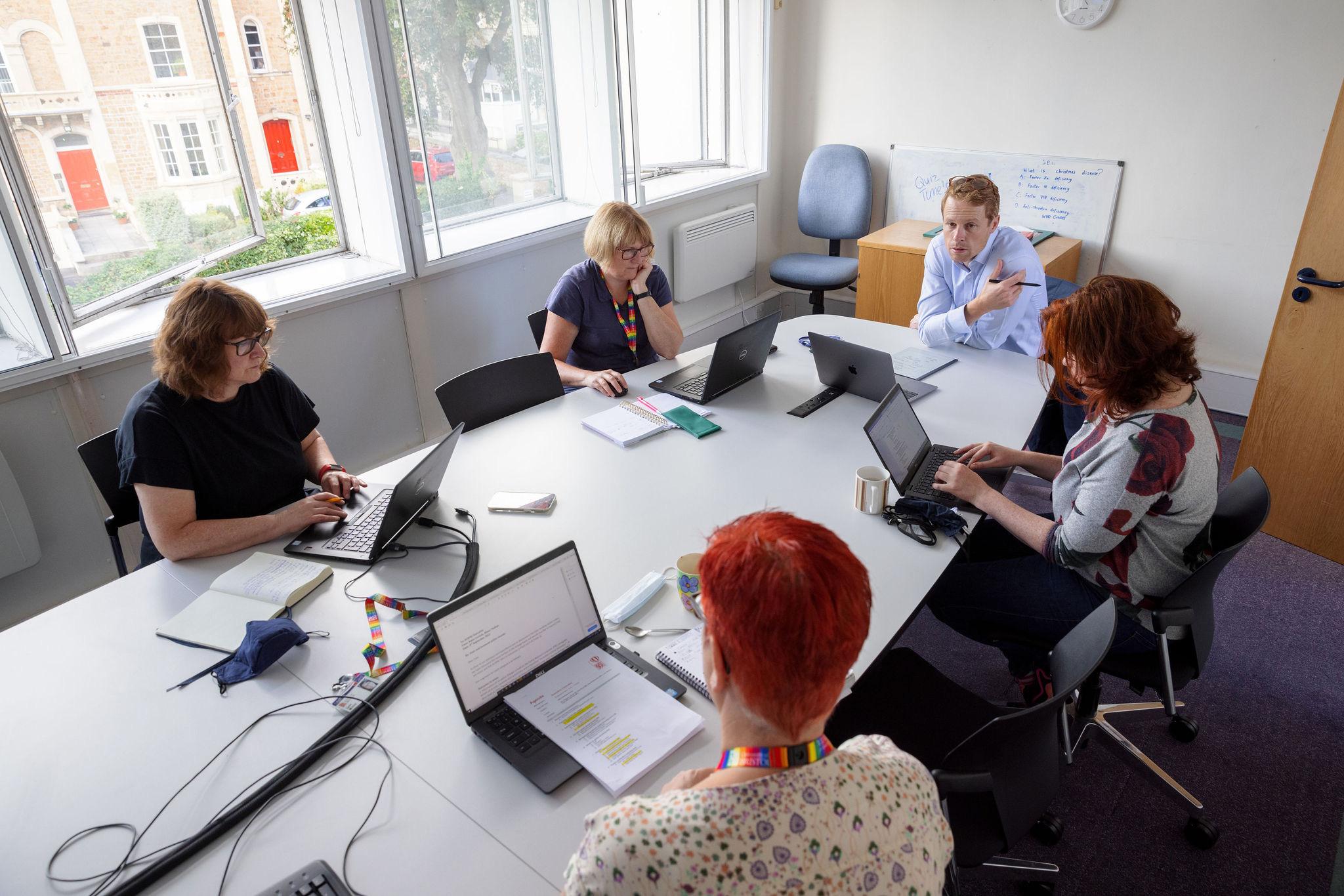
ALSPAC data Mailbox alspac-data@bristol.ac.uk
Alspac Secretaries Mailbox alspac-secretaries@bristol.ac.uk
-
-
...but
importantly – talk to us
BHP
ALSPAC
2023



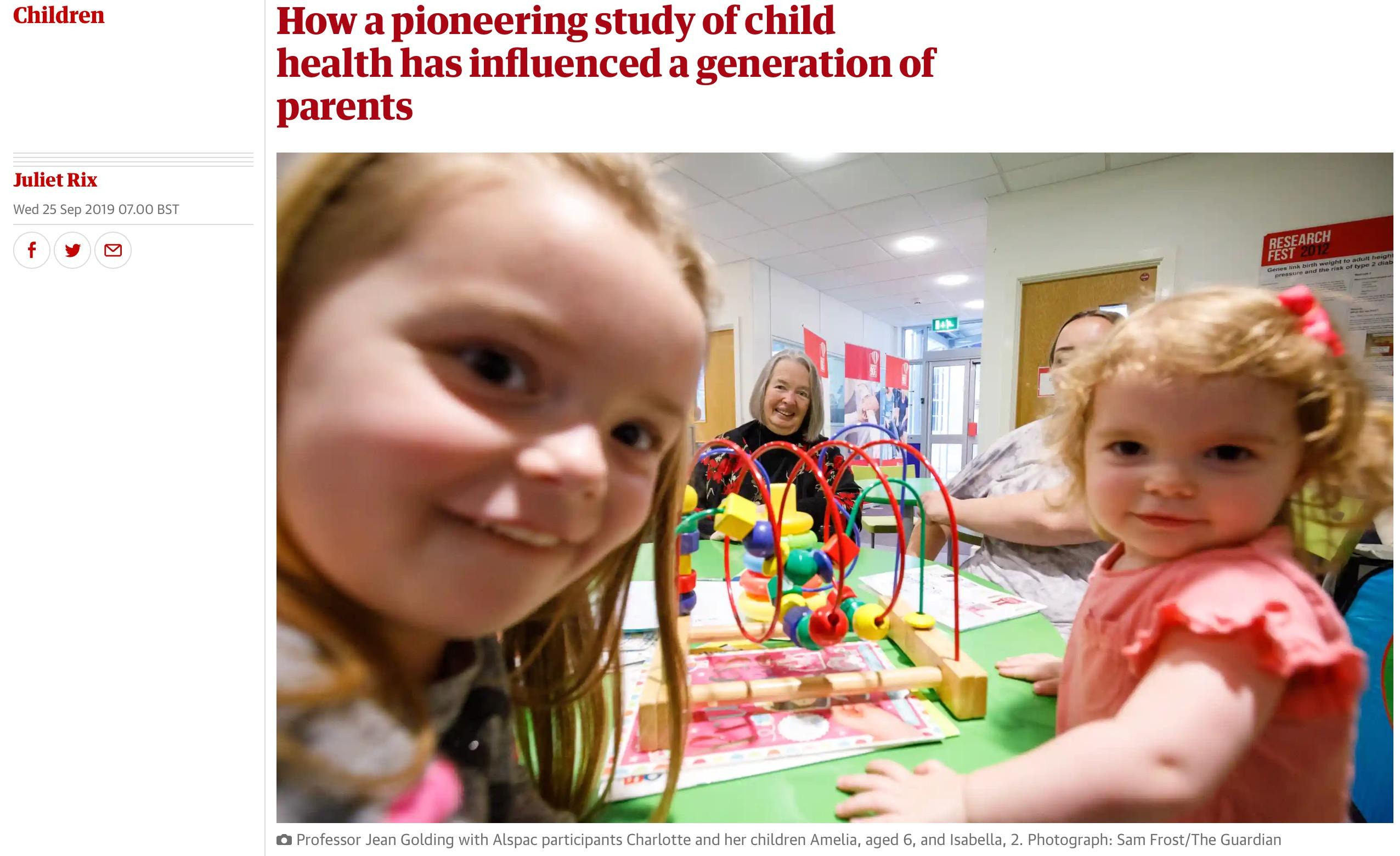

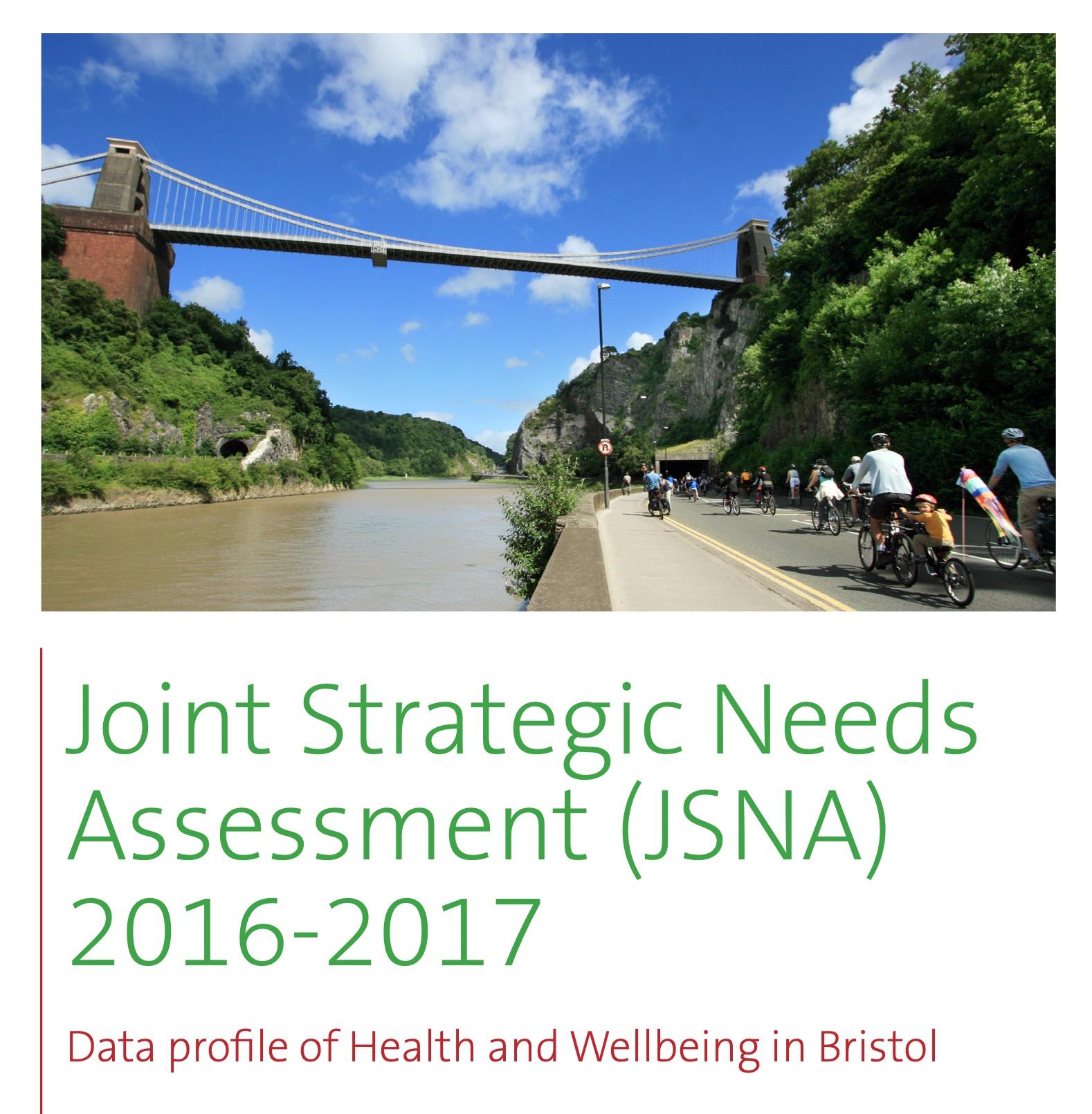
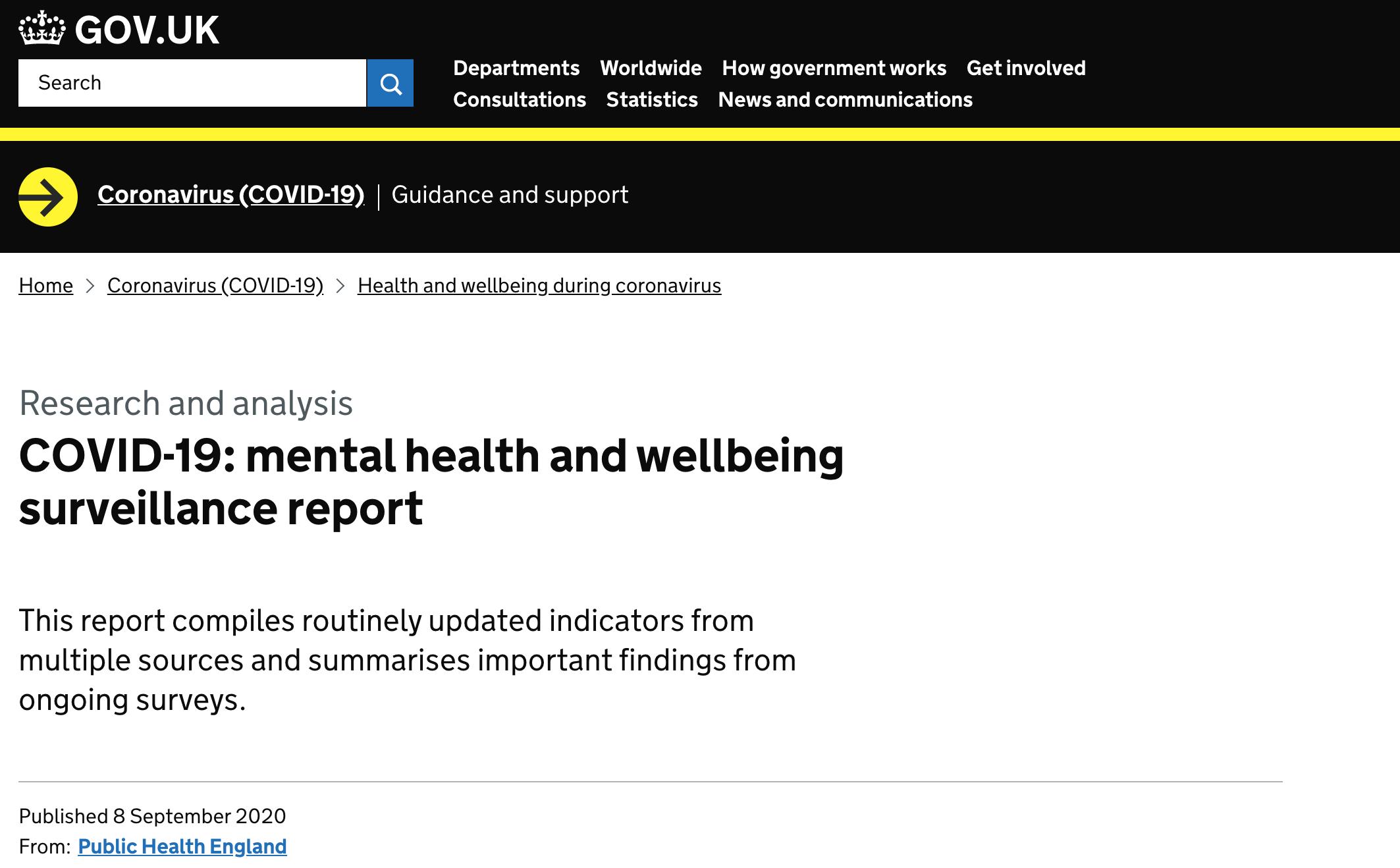
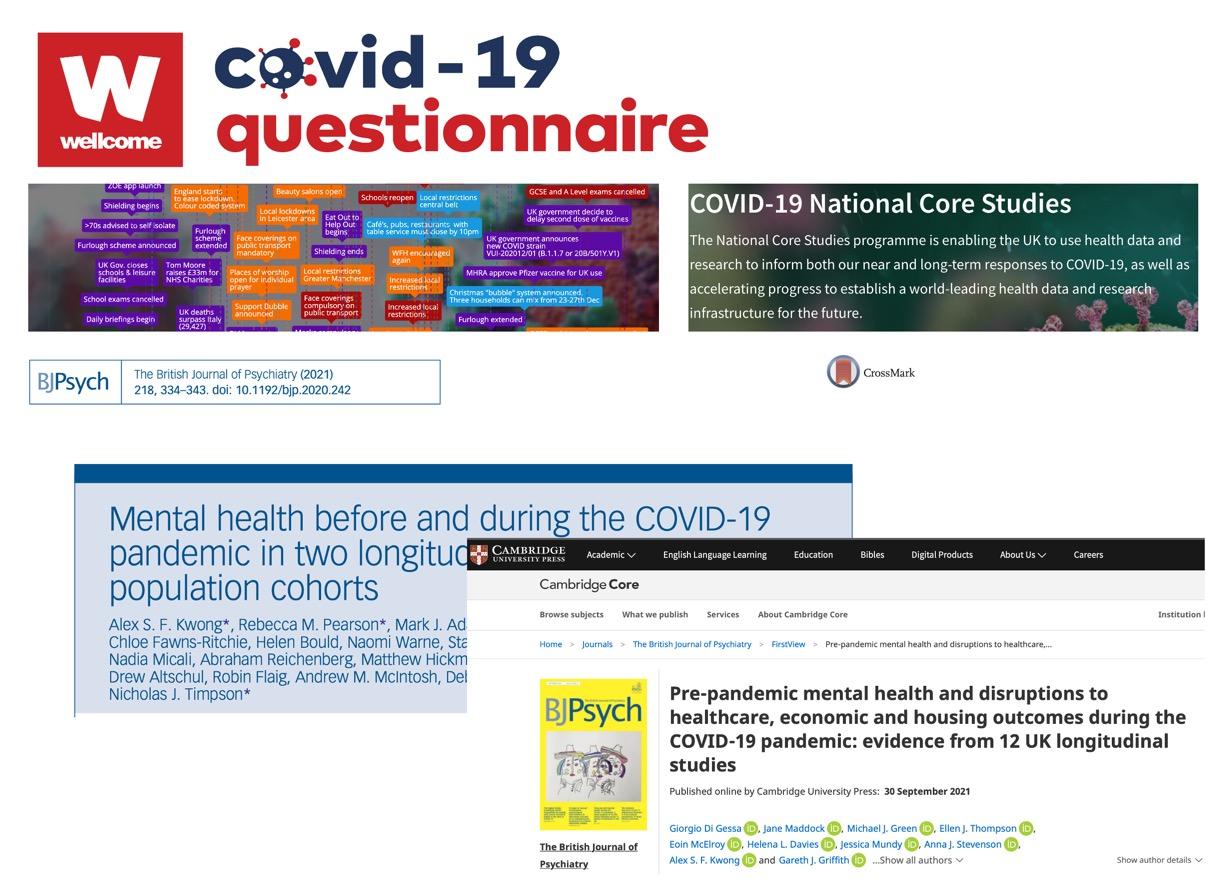



BHP - ALSPAC - 2023
Participant engagement and contact.
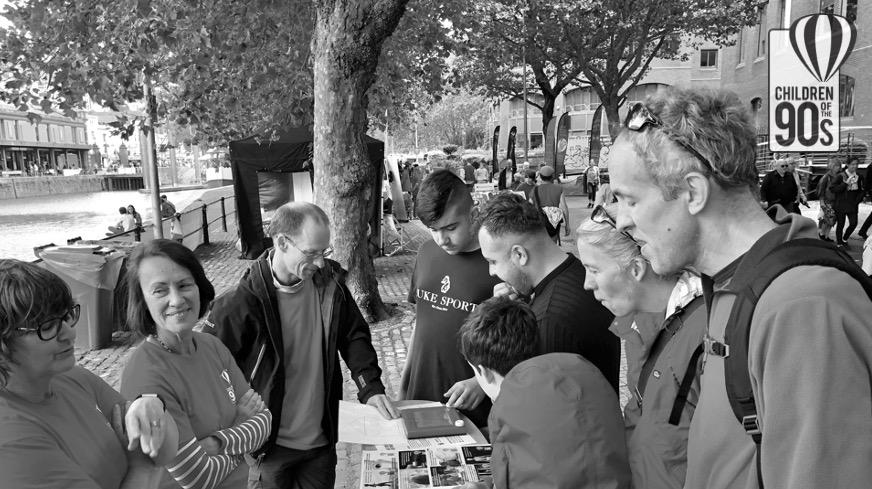
A window in on the population of Bristol and the surrounding area.
How can we enable evidence collection for you?
Next steps – accessible, multipurpose, utilised

“The presence of G0, G1 and G2 in the same prospective study with deep longitudinal data and biosamples, high levels of engagement, and administrative record linkage forms a set of special conditions which are the unique selling point of ALSPAC”
ALSPAC expansion
ALSPAC record linkage
ALSPAC core remote data



ALSPAC core participation/resource


Extremely efficient model for population-based longitudinal research

Allow research addressing questions impossible to grasp elsewhere
Concentrate research on the current and retrospective ALSPAC niche
Maintain ALSPAC as a leader in contemporary field epidemiology
Evidence generation:
Resource
The environment
Physical health
Mental health
Social factors
Public opinion
New data and measures
Policy alignment
Legacy and response

BHP - ALSPAC - 2023












 Grand parents
G1partners G1
G0mothers
G3
G2
G0fathers
sibling(s)
Grand parents
G1partners G1
G0mothers
G3
G2
G0fathers
sibling(s)























































